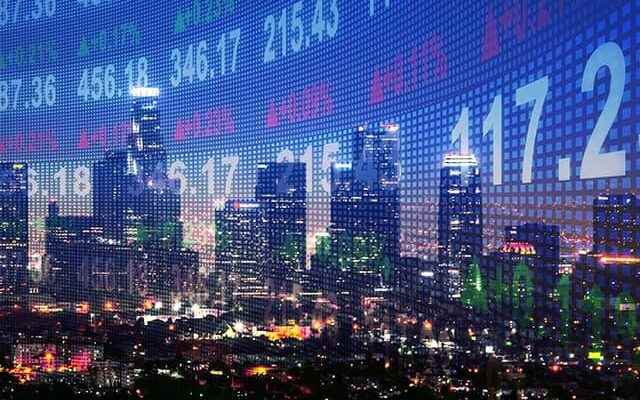(AOF) – Air Liquide’s ATR (autothermal reforming) technology has been selected for a first demonstration project, owned and operated by the Japanese oil group Inpex Corporation, in Kashiwazaki, 250 km from Tokyo. Autothermal reforming enables the efficient, large-scale production of low-carbon hydrogen and ammonia, and enables the capture of up to 99% of the carbon in particularly integrated industrial installations.
The ATR technology will contribute to the development of the first demonstration project in Japan integrating low-carbon hydrogen and ammonia production with carbon capture.
AOF – LEARN MORE
Key points
– Second in the world behind Linde-Praxair in industrial and medical gases, born in 1902;
– Sales of €23.3 billion structured in 3 branches: gas and industrial services for 96%, engineering and construction then GMT -global markets and technologies;
– Balance of revenues by geographical area – Americas for 38%, Europe for 33%, Asia-Pacific for 22%;
– Business model based on multi-year contracts (1/3 of revenue generated by twenty-year contracts) and long-term industrial partnerships offering good visibility of future results and an operating margin of more than 20%;
– Open capital, with 33% individual shareholders and 2.5% for employees, Benoît Poitier, chairing the 12-member board of directors, François Jackow being managing director;
– Healthy balance sheet, with net debt raised to A2, reduced to €12 billion at the end of June, or 46% of shareholders’ equity, and free cash flow at 24% of sales.
Challenges
– Advance 225 strategy with 3 priorities:
– financial performance: annual increase of 5-6% in revenues, profitability of +10% of capital employed through investment decisions of €16 billion between 2022-2025, half of which devoted to the energy transition;
– decarbonization of industry: low-carbon industrial gases, CO2 capture & management;
– technological innovation addressed to 5 professions: hydrogen mobility, electronics, health, industrial merchant and high technologies – space, cryogenics, quantum…;
– Innovation strategy financed to the tune of +€300m, aiming at operational excellence, openness to technologies in the core business or disruptive, through:
– global network of 6 innovation campuses, with + 400 academic partnerships;
– dedicated laboratories: Digital factory for data expertise, Alizent for IoT, m-Lab for molecules, i-Lab for deciphering trends, 60% of which for energy transition, etc.
– ALIAD venture capital fund, in alliance with the Chinese fund CSE and Accelair fund;
– Environmental strategy validated by SBTi and aiming for carbon neutrality by 2050 with 2 intermediate objectives, 2025 (start of absolute reduction in emissions) and 2035 (33% decline compared to 2015), through:
– CO2 capture, hydrogen production by electrolysis, decarbonation solutions,
– €8 billion invested by 2035 in the hydrogen value chain,
– partnership with Rothschild & CO and Solar Impulse in a fund endowed with €200 million to support SMEs offering solutions for the environment and participation in – the global financing fund for low-carbon hydrogen (€1.2 billion in the short term invested, with Baker Hughes, Charg Industries, Plug Power, TotalEnergies and Vinci, for a leverage effect of €15 billion),
– ramping up of renewable energy supplies;
– Ability to pass on higher energy prices to customers;
– Visibility of the activity: projects in progress for €3.4 billion and industrial investment opportunities of +€3 billion at the end of September, of which 40% in the energy transition.
Challenges
– Russian-Ukrainian conflict: exceptional provision on Russian assets and withdrawal from Russia;
– Energy inflation: offset by savings (€262m over the first nine months) and the transfer of costs to customers, but difficulties with European customers of the Large Industries division;
– After an increase of 8.3% in turnover and 5.3% in net profit at the end of September, prospects for 2022 of growth in the operating margin and net current profit.
Learn more about the chemical sector
Nothing is going well for German chemistry
German chemicals, very dependent on Russian gas, are in difficulty. Following sluggish sales in the automotive sector and falling demand in construction, production is down 8.5% in 2022, with overall sales down 1.6% to 63.1 Billions of Euro’s. Specialty chemicals are doing better. On the other hand, the production capacity utilization rate in basic chemicals has slowed markedly to less than 80%. Germany’s third industrial sector is tempted by relocation to the United States, where energy costs are much lower. With the Inflation Reduction Act, the United States has put in place an appropriate environment for the current challenges.
